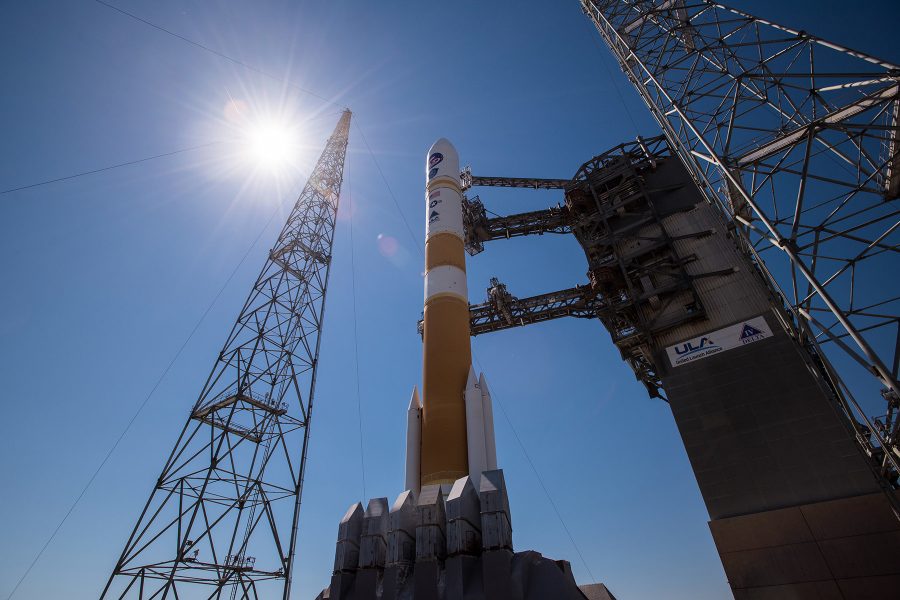New legislation further establishes the Space Force as the sixth branch of the military, but wants a closer look at who will do that work and where.
The Senate Armed Services Committee’s version of the fiscal 2021 defense policy bill, approved June 10, would temporarily stop the military from transferring its installations into the Space Force. Air Force Secretary Barbara Barrett would first need to send an analysis of those potential transfers to Capitol Hill.
It’s unclear which installations the provision is meant to cover, or whether that prohibits the Air Force from simply renaming bases that already handle space missions. Patrick Air Force Base, Fla., home to the 45th Space Wing, was supposed to be the first to change its nomenclature earlier this year, but the shift was derailed by the coronavirus pandemic.
A committee spokeswoman did not provide more information about the provision by press time.
Lawmakers want more information about what the Space Force will handle. The bill would direct Chairman of the Joint Chiefs of Staff Army Gen. Mark Milley and the service chiefs to report on which space-related missions and careers should move to the Space Force and who those personnel should work for. This reporting requirement would come the year before many Army and Navy space personnel could begin joining the Space Force in fiscal 2022.
Compared to last year, when the Space Force was created in the 2020 National Defense Authorization Act, this new round of military space legislation promises to be somewhat less momentous. But Capitol Hill still touts the importance of amendments that clean up existing laws so the Space Force can become a full-fledged armed force.
Air Force Magazine reported June 11 the bill establishes a Space Force reserve component but stops short of endorsing a Space National Guard.
The bill also “authorizes the voluntary transfer of personnel to the Space Force,” encourages a pared-back Space Training and Readiness Command, and allocates more money for space domain awareness, launch development, and space surveillance technology, according to the committee’s summary. The legislation tells the Air Force to report on its process for choosing a permanent headquarters for the revived U.S. Space Command, currently located in Colorado.
As the Space Force prepares to award a major launch services contract to two companies—out of the United Launch Alliance, Blue Origin, Northrop Grumman, and SpaceX—senators told the service to use the National Security Space Launch program to “sustain a healthy space industrial base,” the summary states. The Department of the Air Force argues the industrial base can only support two rocket makers for about three dozen launches through the mid-2020, while others have pushed for a three-way split.
SpaceNews recently reported that 28 lawmakers wrote to Barrett and Chief of Space Operations Gen. John Raymond in late May, asking them to stay the course and award contracts to two companies instead of three. House Armed Services Committee Chairman Rep. Adam Smith (D-Wash.) has advocated for putting more companies on contract but does not appear likely to formally intervene with the acquisition.
Senators also encourage the military to get a head start on developing technology for more advanced space launches in a later phase of the NSSL program.
The SASC bill has a notable omission when it comes to space, however. Despite the Space Force’s push for acquisition reforms it says would be faster and more flexible, staffers told reporters June 11 the Pentagon submitted its requests too late to be included.
“There was a package, a request that came over like an hour before the deadline for amendments,” a staffer said. “Members may or may not have been supportive—we didn’t really have time to figure it out.”
Lawmakers may try to include additional Space Force provisions when the bill goes for a vote in the full chamber or as the Senate and House hash out the differences between their respective legislation.
